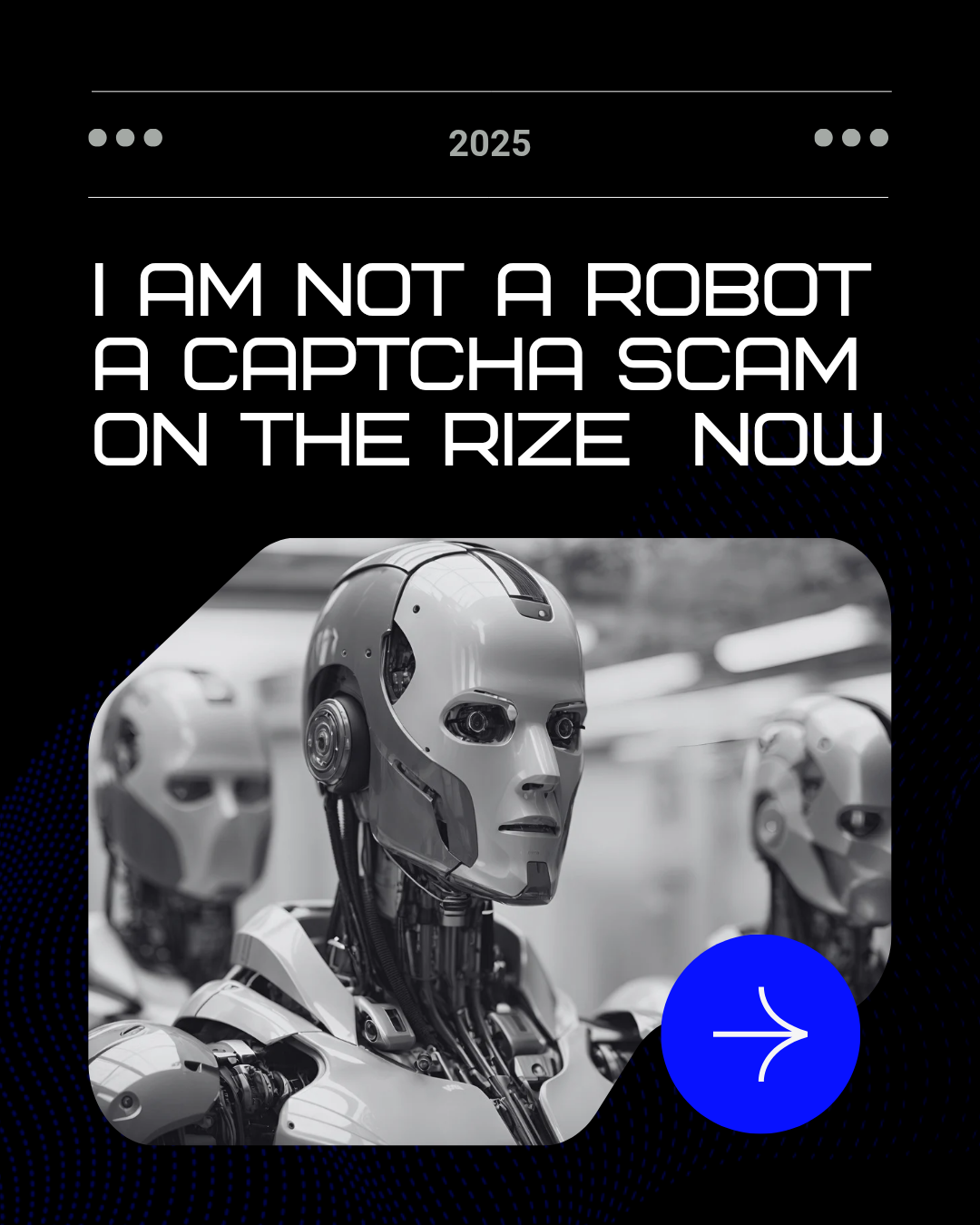We’ve all seen them: the little boxes on websites that ask you to check “I’m not a robot,” or to click all the traffic lights in a grid of blurry photos. They can be annoying, but they serve an important purpose keeping automated bots out.
But what if that harmless-looking test wasn’t protecting you at all, but actually tricking you into installing malware? That’s the reality of a growing cyber scam known as the fake CAPTCHA attack.
What Is a CAPTCHA?
For anyone who isn’t deep in tech, CAPTCHA stands for “Completely Automated Public Turing test to tell Computers and Humans Apart.” In simple terms, it’s a quick puzzle or checkbox that helps websites confirm that you’re a real human, not a bot.
CAPTCHAs help stop:
Bots from spamming comment sections.
Fake accounts being created in bulk.
Automated hacking attempts on login pages.
They’re like digital bouncers, letting real people in while keeping shady bots out.
The New Twist: Fake CAPTCHA Attacks
Cybercriminals have found a way to exploit our trust in these tests. Instead of stopping bots, fake CAPTCHAs are designed to trick humans. Here’s how it works:
You land on a website that looks legitimate—but it’s actually been compromised or is part of a scam campaign.
A familiar-looking CAPTCHA box appears, asking you to prove you’re not a robot.
Instead of just checking a box, the fake CAPTCHA prompts you to press certain keys (like Windows + R) or paste something from your clipboard.
That “something” is actually malicious code, and once executed, it installs malware such as password stealers or remote access tools.
In short: you think you’re verifying you’re human, but you’re really helping hackers break into your computer.
Why These Attacks Work
We trust CAPTCHAs. They’re everywhere and seem harmless.
They mimic familiar designs. Scammers copy real services like Google’s reCAPTCHA almost perfectly.
They exploit urgency. A pop-up may say “Verification required to continue,” making you feel like you must comply.
How to Protect Yourself
Be suspicious of CAPTCHAs in unexpected places. If you’re downloading a file and suddenly get a CAPTCHA asking you to run a command, that’s a huge red flag.
Never paste or run commands you don’t understand. Real CAPTCHAs will never ask you to open your Run dialog or command line.
Use security software. Good endpoint protection can help detect if something malicious slips through.
Keep your software updated. Many attacks rely on outdated browsers or plugins to work.
Remember
CAPTCHAs were created to keep the web safe from bots, but attackers have turned them into a trap for unsuspecting users. The next time you see one, pause for a second. A real CAPTCHA will only ask you to click, type a few characters, or solve a small image puzzle nothing more.
If it ever asks you to download, run, or paste a command, that’s not security it’s a scam.
CAPTCHA Attacks: The Scam Hiding Behind “I’m Not a Robot”
